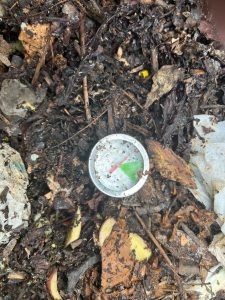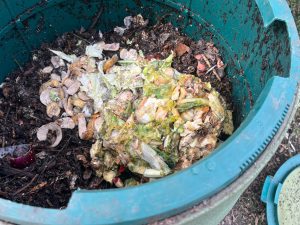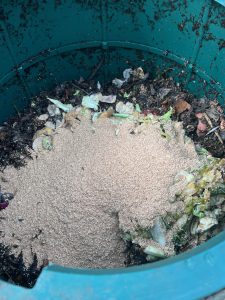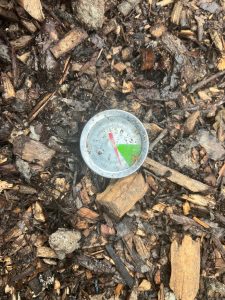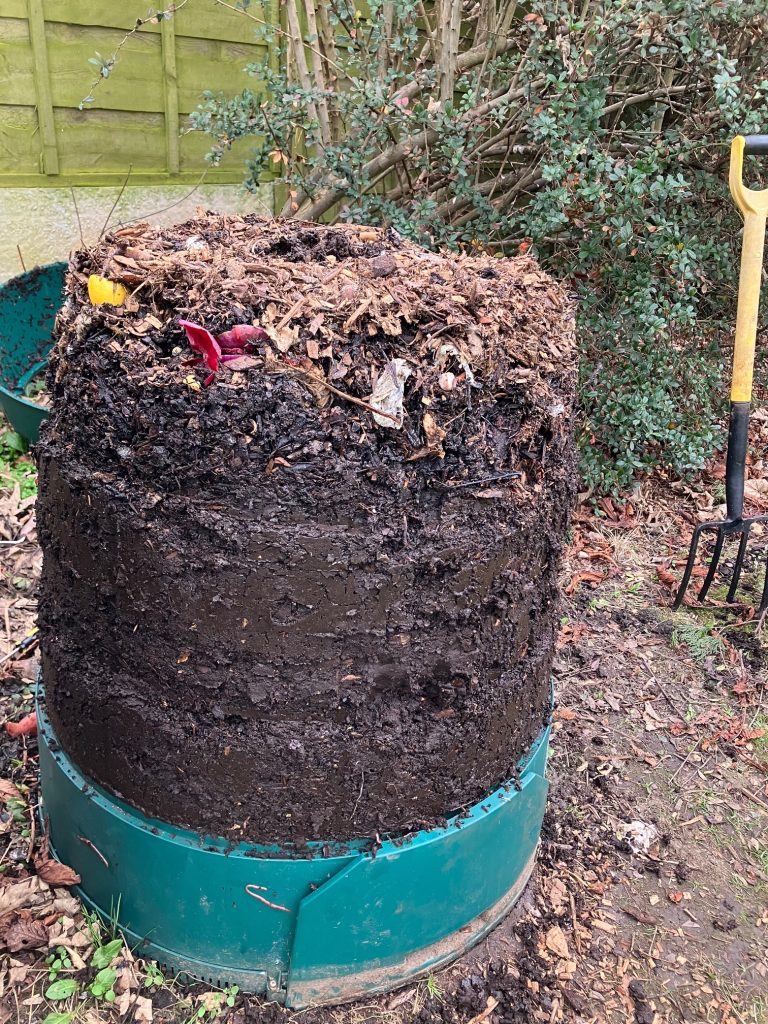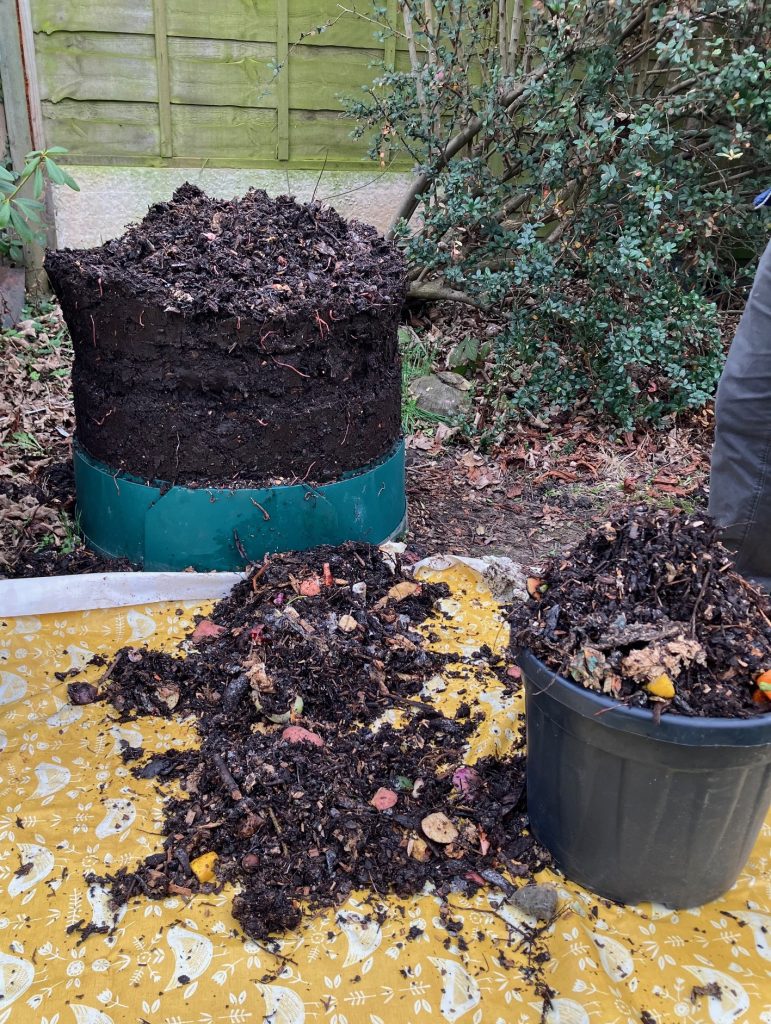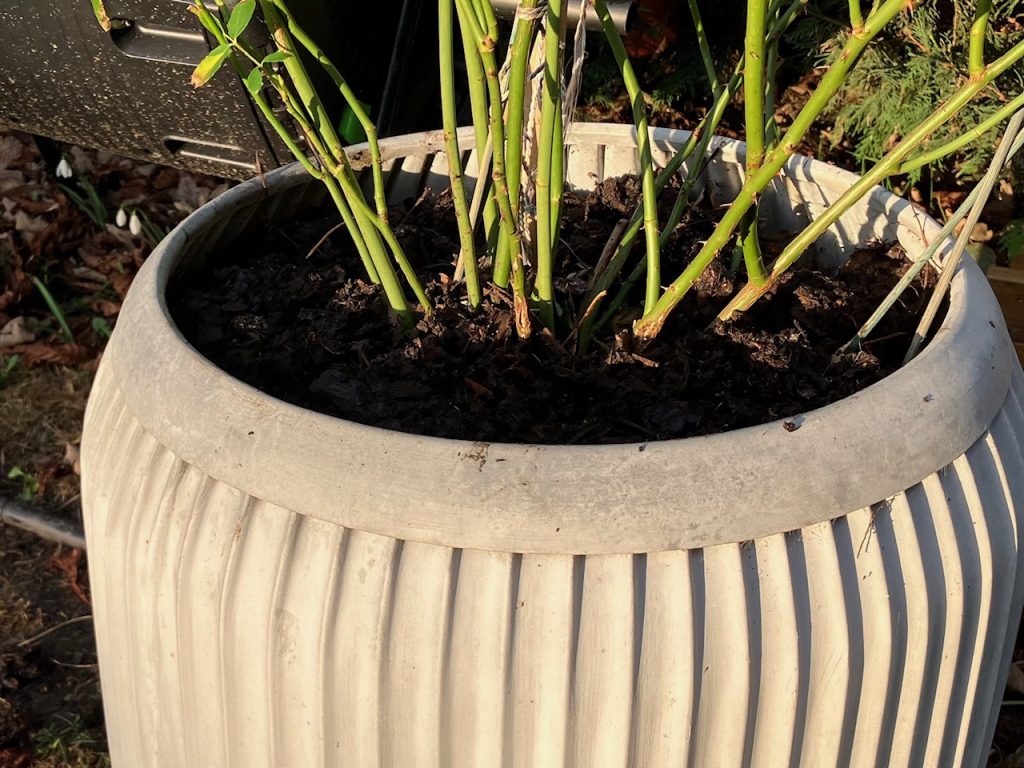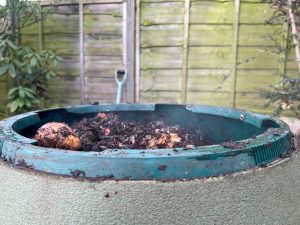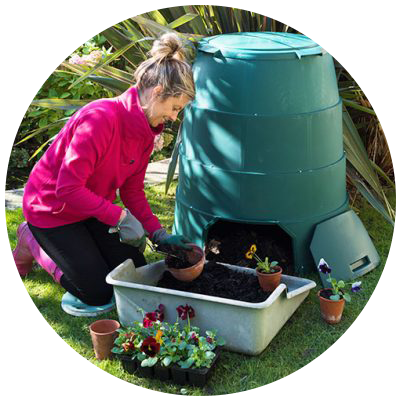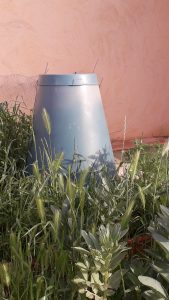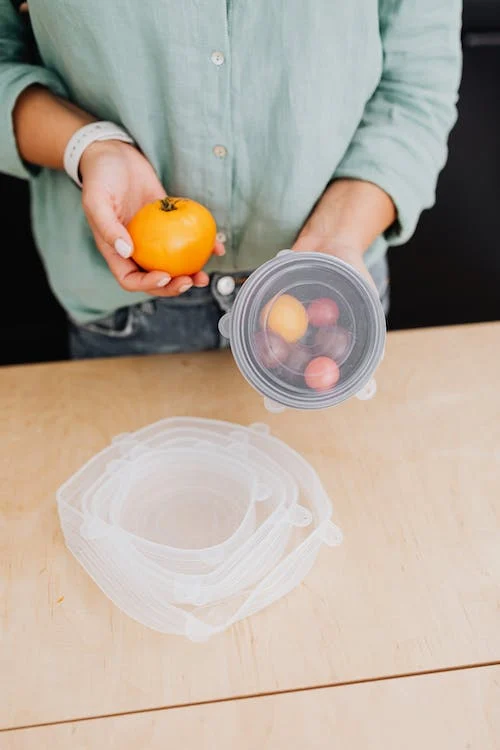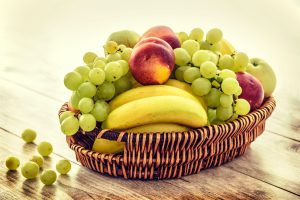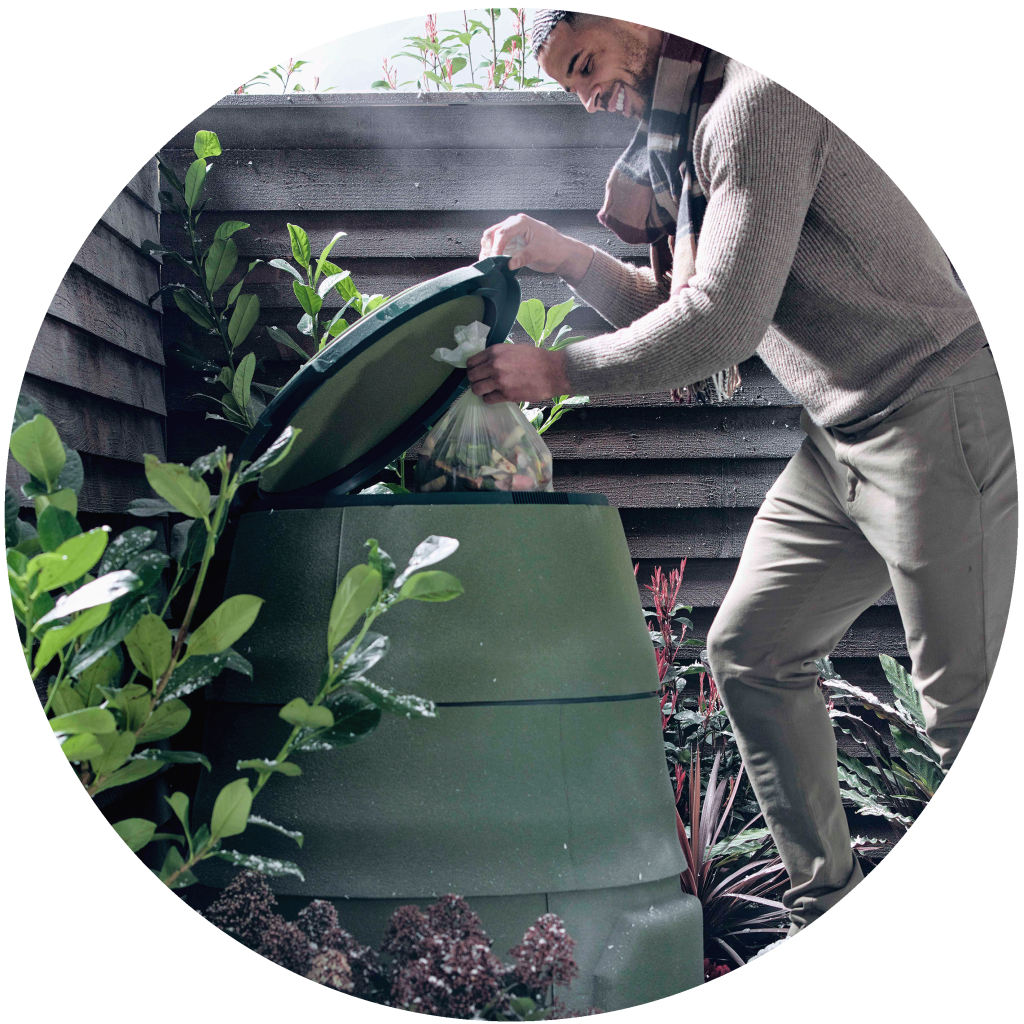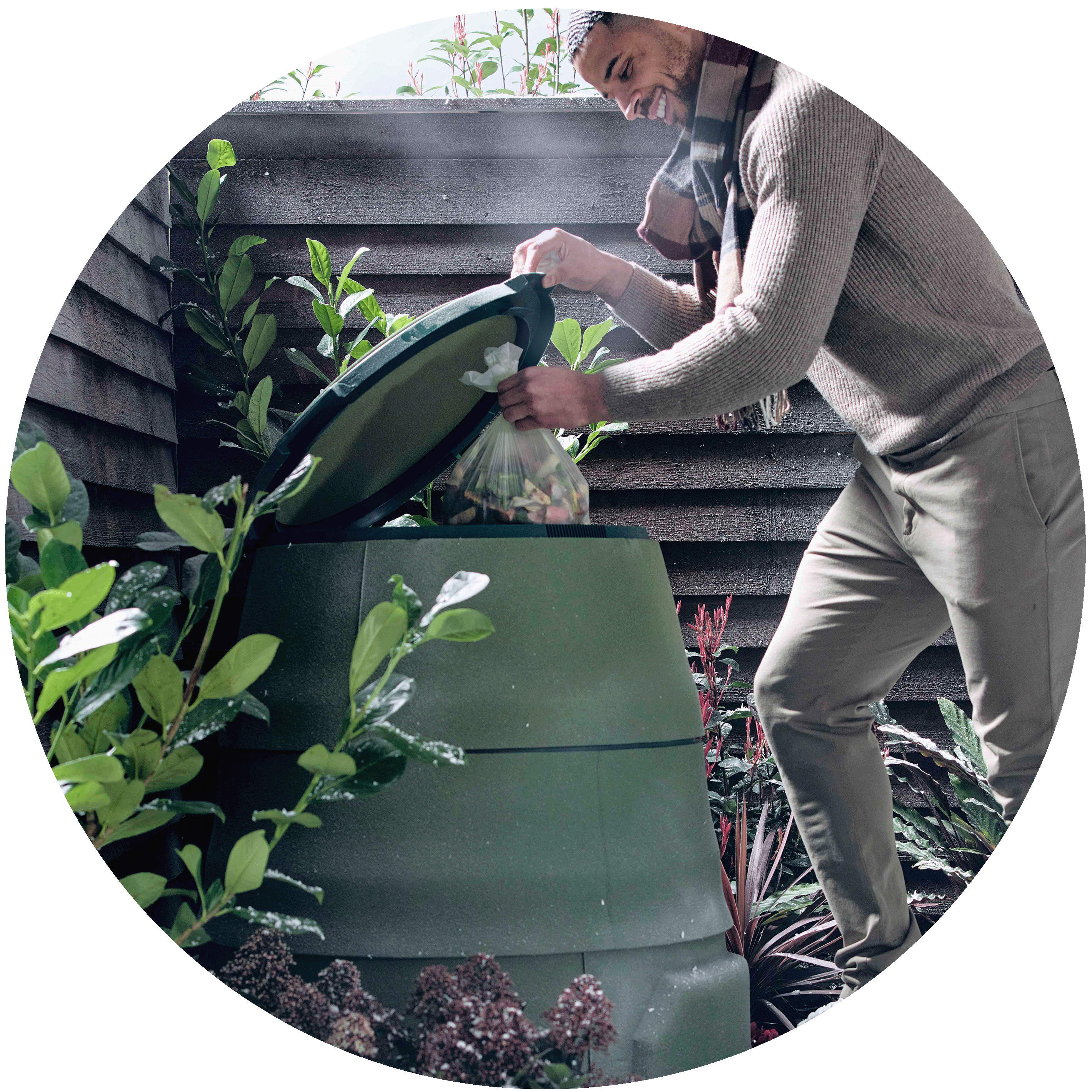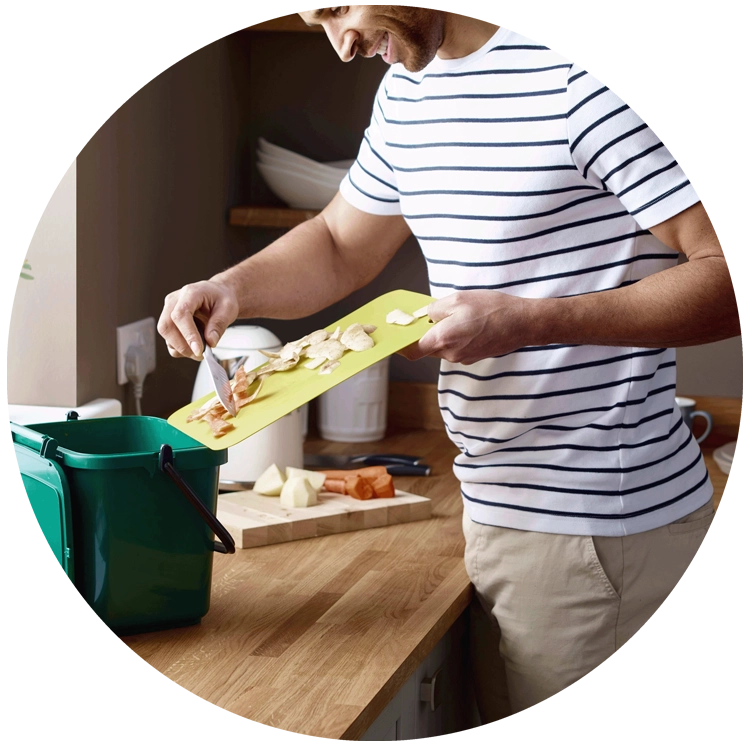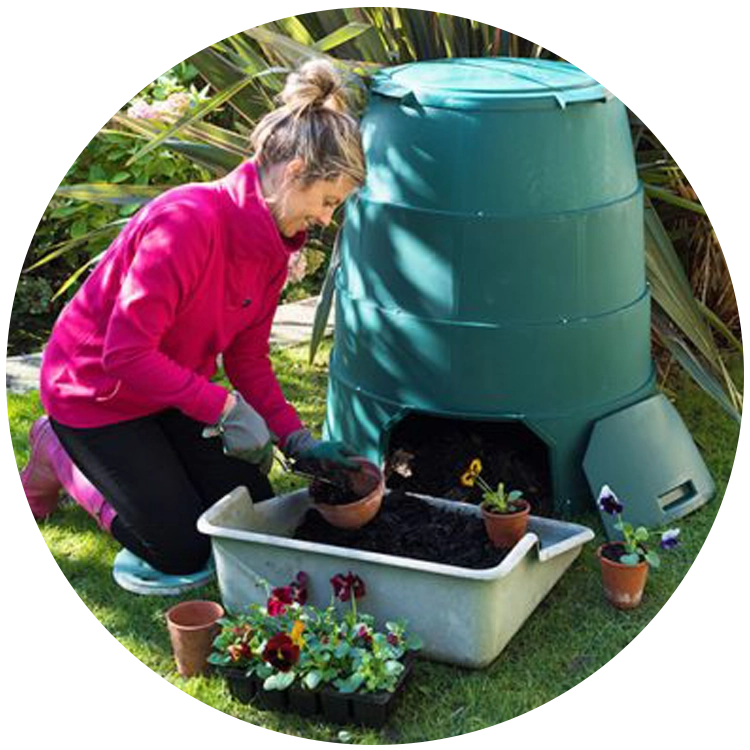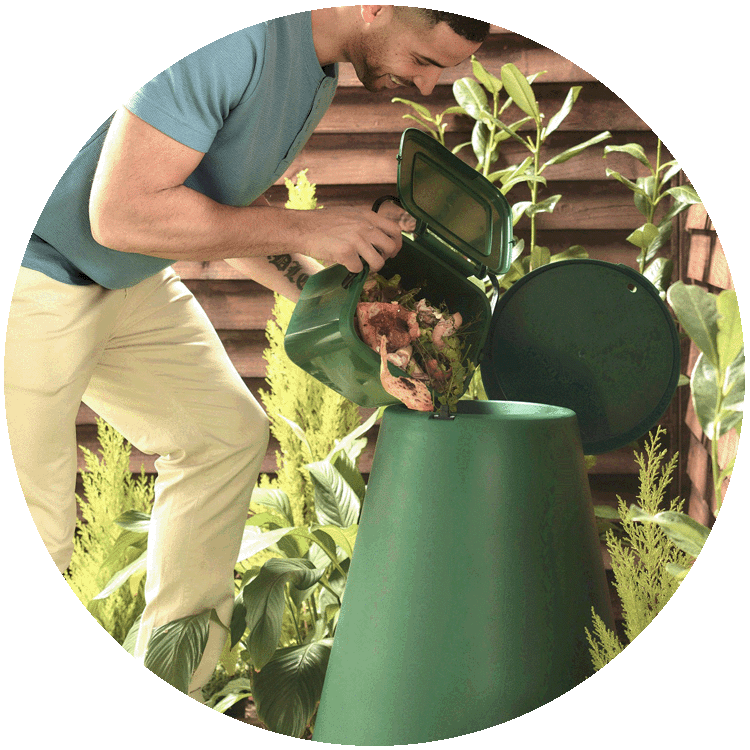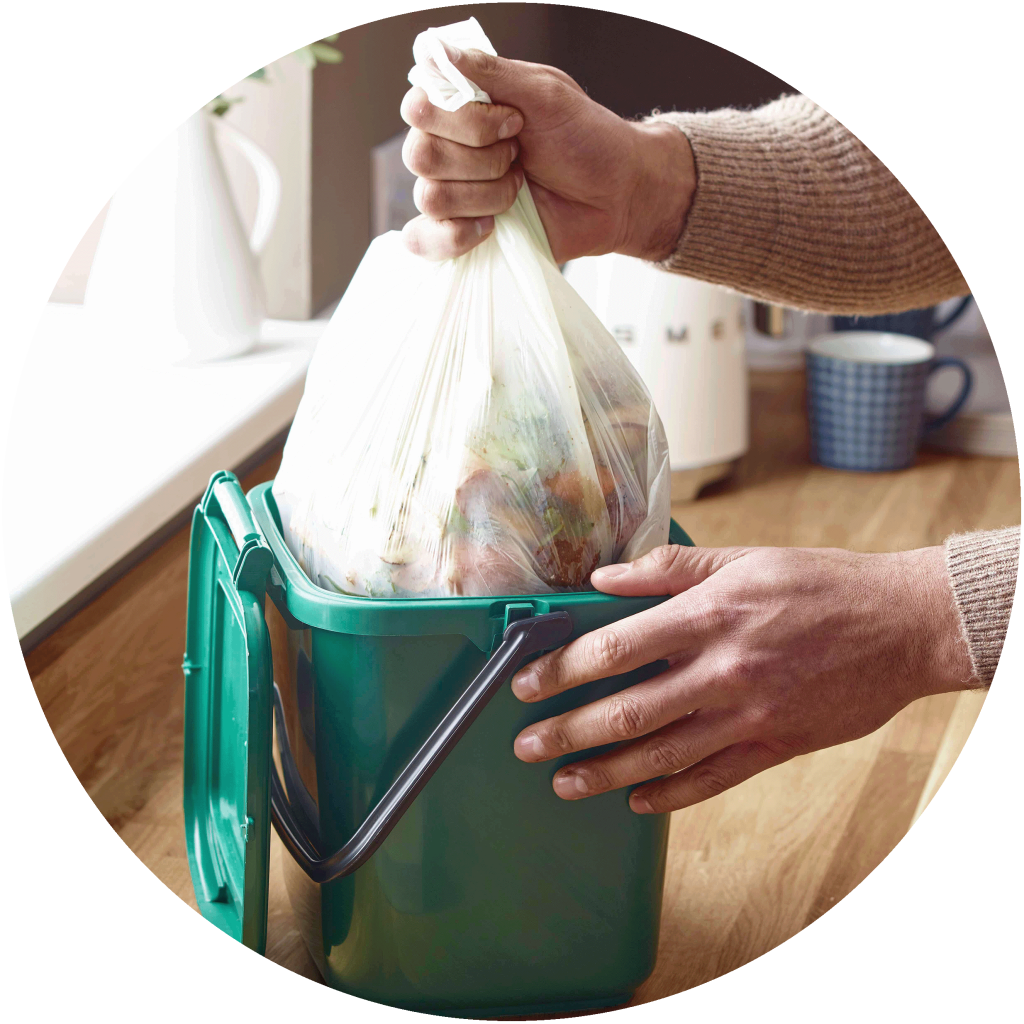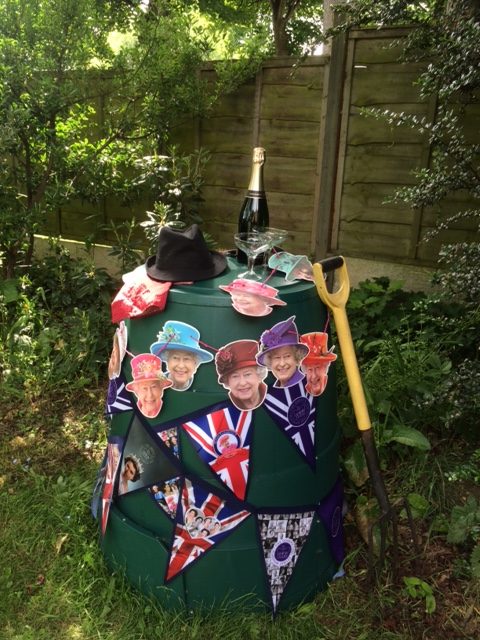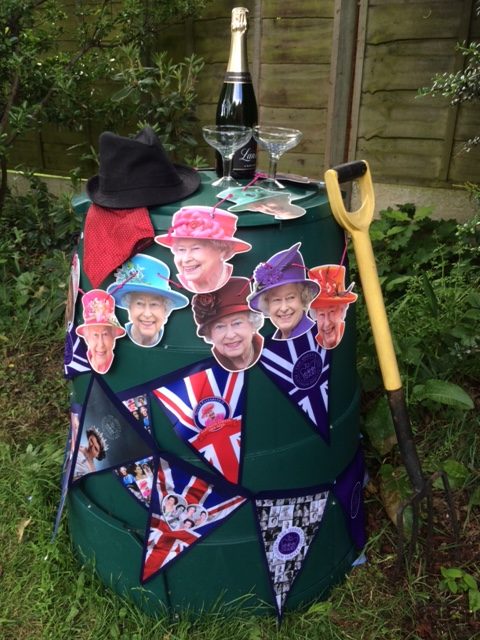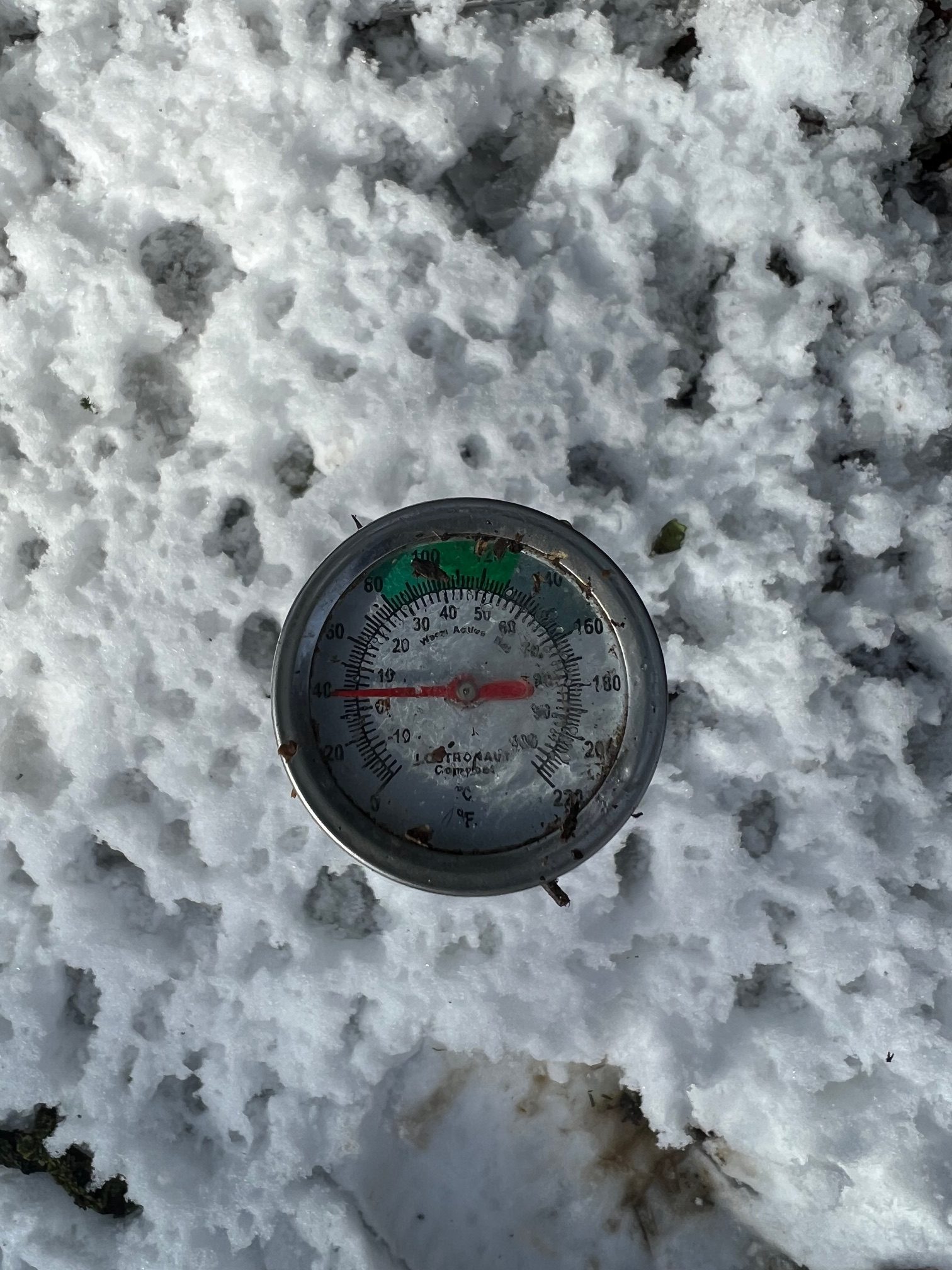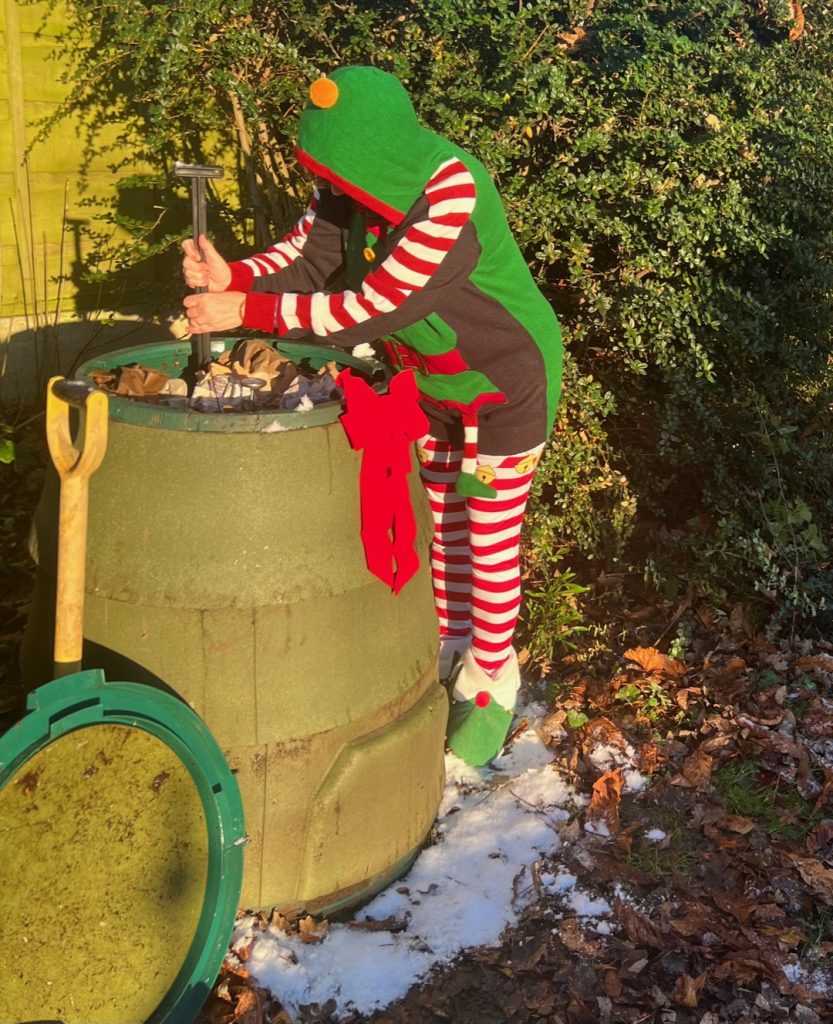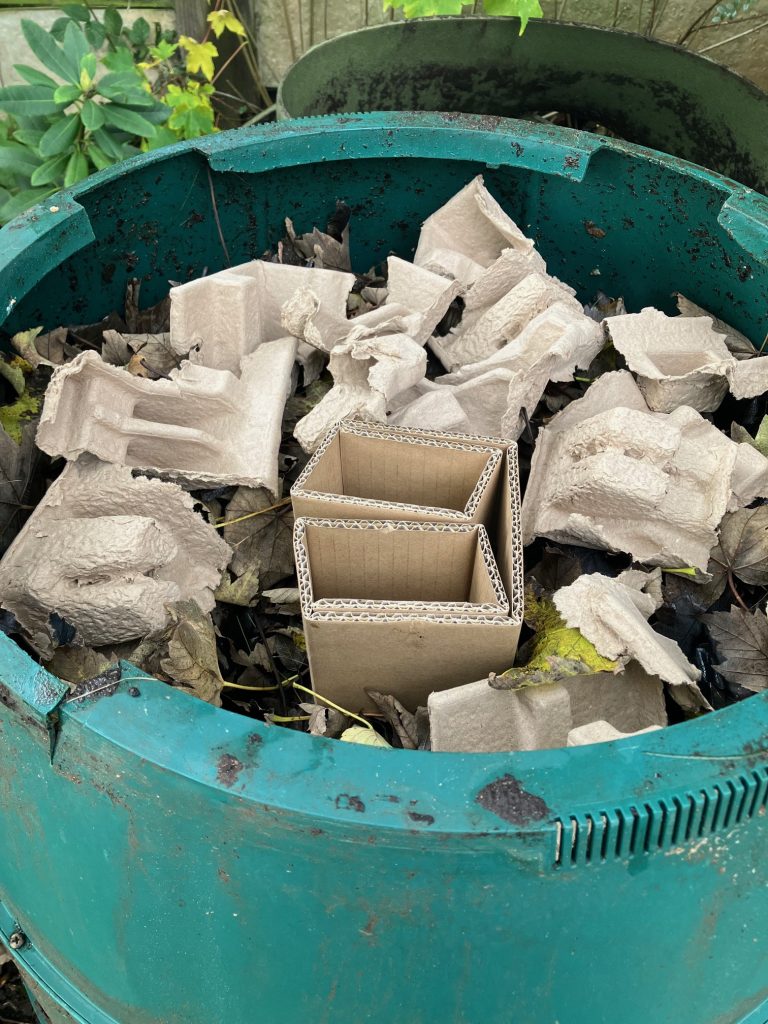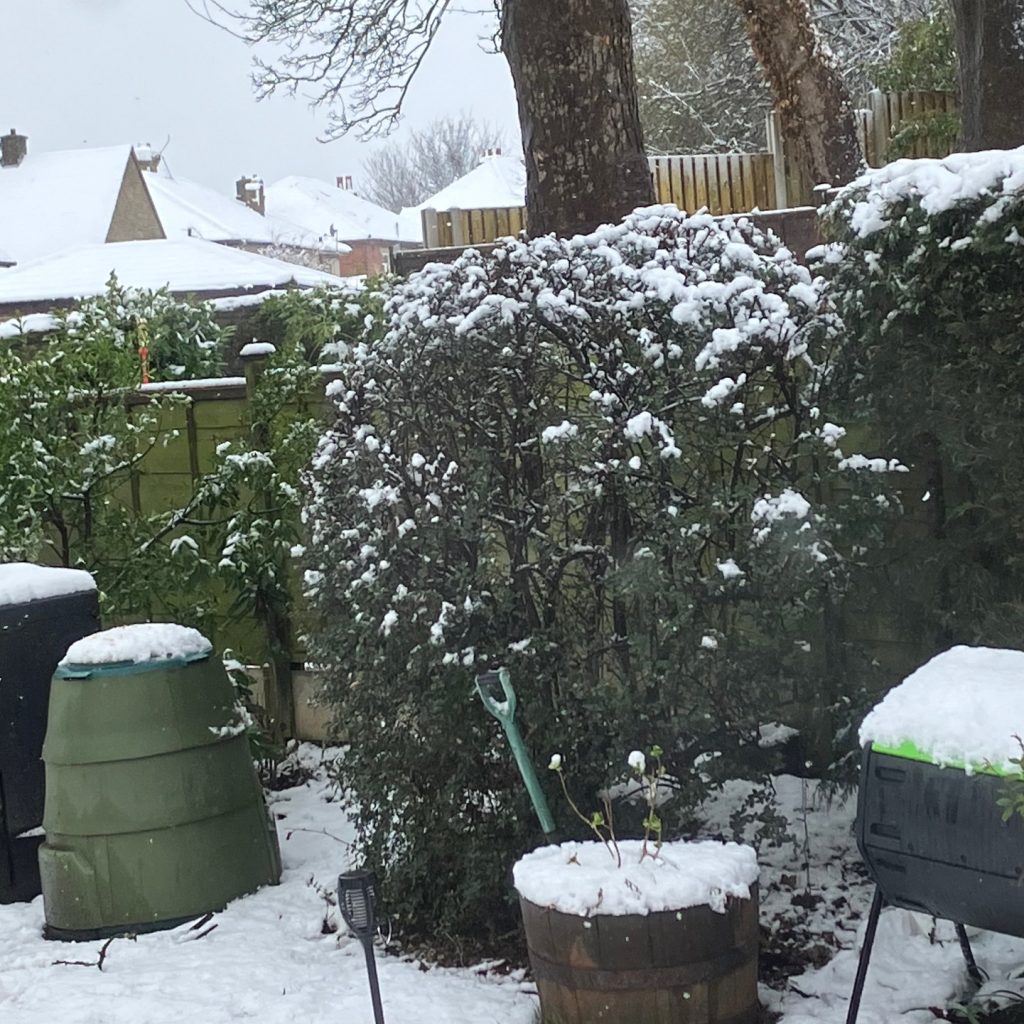Every day 165 million cups of tea are drunk in Britain – and that’s just in our house.
Since today is National Tea Day (April 21), I expect a lot more facts will be shared and the ones I’ll be paying close attention to are those concerning plastic.
Like millions of other tea drinkers, I was alarmed a few years ago to learn that most tea bags contained plastic – polypropylene – used to heat-seal the edges of the bags.
This news sparked health concerns among tea drinkers as well as raising questions about the effect on the soil and wildlife when these tea bags were composted.
Of those millions of cups of tea drunk every day, 96 per cent are made with tea bags. So if you were home-composting your share of those tea bags you might have been unwittingly leaving bits of microplastic (tiny pieces of plastic less than 5mm in size) in the soil.
As a result of the controversy, manufacturers started to remove polypropylene from their teabags. Naively, I thought that was the end of it and that now in 2023 we would all be taking our tea with milk and sugar but no plastic, thanks.
While talking to a customer recently, the topic turned to composting tea bags. We both remembered early attempts at plastic-free teabags that led to the bags dissolving in the cup, but we didn’t know the current state of play. I resolved to find out more – more of which later.
Like many Brits, I feel there are few situations in life that can’t be improved by a nice cup of tea. My day can’t start before a pint of Earl Grey has entered my system and the rest of the day is propped up at regular intervals by yet more tea. Is this a psychological thing? The very words, ‘I’ll put the kettle on’ appear to have a soothing Pavlovian effect on my nervous system. So why, on any given day, are there half-cups of cold tea littered around the house and office? It’s as though the thought of having a cup of tea always seems like a good idea even if I’m not that bothered about actually drinking it.

I’ve realised I have a blind spot when it comes to wasting tea. I take great care not to waste food but don’t give the same consideration to drinks; it’s as if because they’re liquid they don’t count. So many problems with waste are caused through us being creatures of habit.
Of course, I’m using energy every time I put the kettle on, not to mention wasting the tea, the water and soya milk that’s used if I don’t drink the whole cup. So this is one robotic, wasteful habit that I’m in the process of breaking. From now on I will be mindful not mindless about putting the kettle on.
I stopped drinking my regular brand a few years ago because of concerns about plastic and switched to Hampstead Tea. I was particularly interested to learn about this brand’s commitment to biodynamic farming – an organic, ecological approach, employing the use of manures and compost.
Researching the subject has made me switch to loose leaf tea. Then I don’t have to think about plastic particles, bag materials or questions of compostability.
Tea bags only became freely available in the 1950s, meaning that many generations before me had to contend with tea leaves and old-fashioned teapots. And they all seemed to cope just fine, along with other challenges such as having to slice their own bread. When I think of family members talking about how hard life used to be, there were memories of poverty, short life expectancy, outside toilets and tin baths, but I don’t recall anyone ever saying, ‘And on top of all that, we didn’t have tea bags!’
Other advantages of being a loose (leaf) woman:
- Less package waste
- The tea itself tends to be less processed and retains more of the original flavour
- You can adjust the strength and even blend your own.
Modern teapots have built-in infusers, meaning it’s easy to get the tea leaves into the compost and wash out the pot.
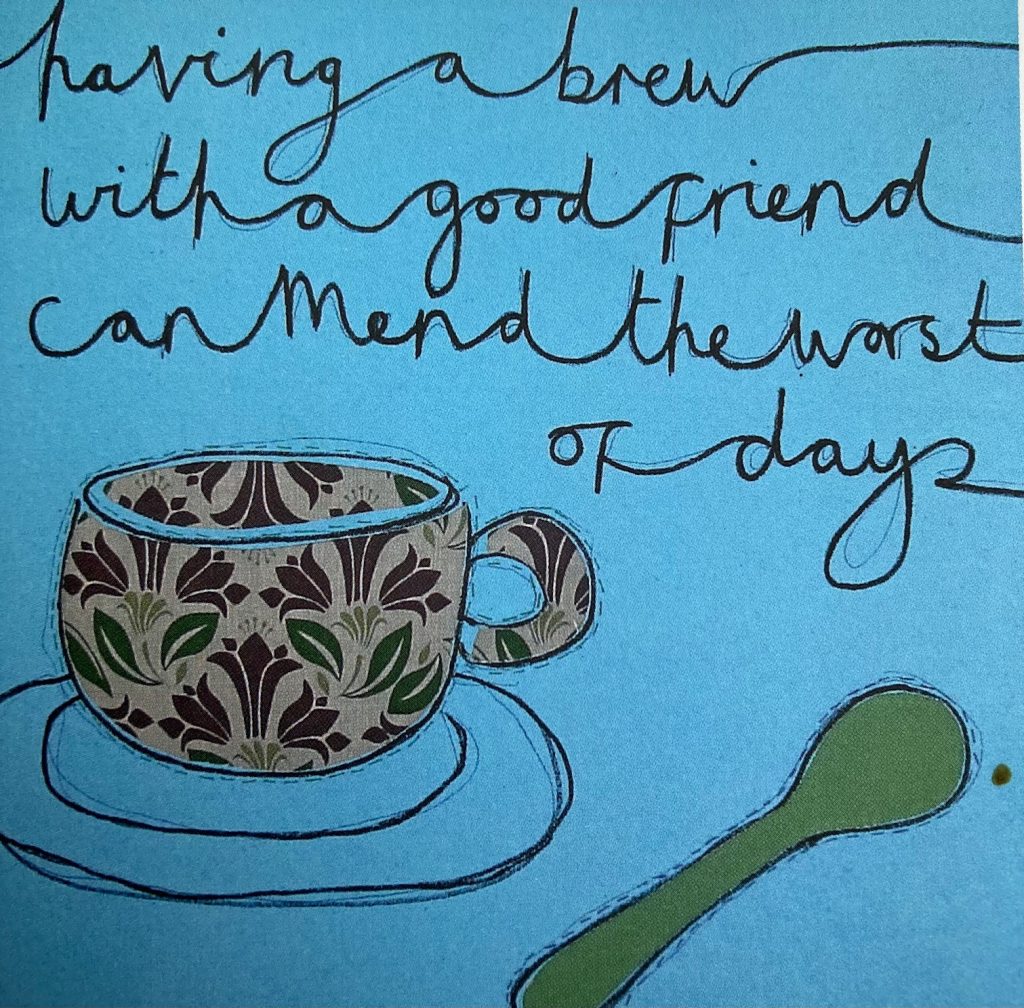
If you’re reading this, I’m assuming that you want to home compost your tea bags. Tea leaves are ideal compost material, providing high levels of nitrogen (even higher than manures) and small particles so compost bacteria have more surface area to work on.
On my internet trawl to find out more about plastic in tea bags, I found confusing and conflicting information, with experts arguing about the merits of bioplastics. And that’s before you start reading comments underneath articles. The word biodegradable is also bandied about by many interested parties as though it’s an ecological holy grail when all it means is that material will break down eventually, but you won’t know how long that will take and under what conditions.
Online information also quickly goes out of date because some tea brands are still working towards their plastic-free goals, which might have been achieved after articles have been published.
I’ve spent several hours that I’ll never get back reading through studies and articles; my advice to a home-composting tea drinker would be to contact your favourite brand and find out where they are on the plastic-free/compostable journey.
Points to consider:
- Many tea brands are still using polypropylene. If tea bags contain plastic, you can compost the leaves but throw the bag in general waste. Plastic in tea bags sent to landfill will still enter the soil.
- Be aware there may also be hidden plastics in sachets or string-and-tag bags.
- Many brands that don’t use polypropylene use polylactic acid (PLA). This is a plant-based polymer (sometimes referred to as a bioplastic). It can also be called Soilon.
- Plant material sources include corn starch, which can come from genetically modified (GM) maize – but this cannot be used in organic teabags.
- While PLA is biodegradable, it requires industrial composting to break down because most ordinary garden composters might not get hot enough (44 – 60 degrees Celsius) to break down the bags. It is thought teabags containing PLA could take several years to degrade, and it is not known exactly how harmful it might be to organisms in the meantime. If your council has a separate food waste collection, teabags made with PLA can be placed into your food waste bin to be industrially composted.
- Like oil-based plastics, if bioplastics end up in the ocean they can present a danger to marine life.
- The origins of the tea bag might have been accidental – in 1908 an American tea importer who shipped silk tea bags around the world found that customers, instead of removing the leaves from the bags as he intended, found it easier to brew the tea with the tea leaves still enclosed in the porous bags.
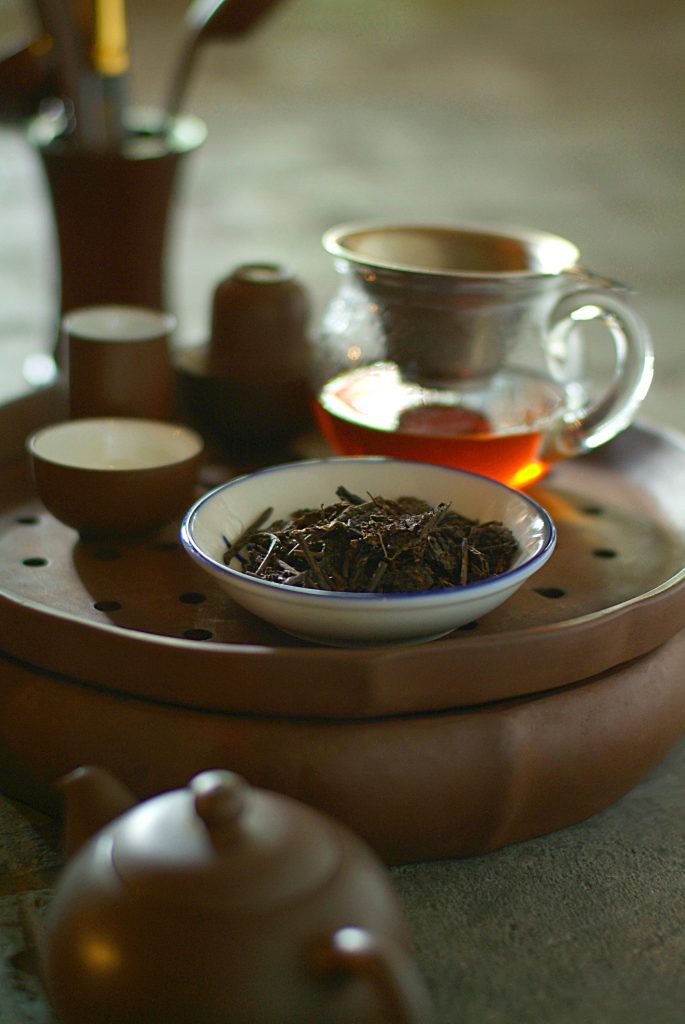
Among comments following an online BBC report from 2019 are some from people who had been putting tea bags in home compost for years until they realised they were having to pick plastic remnants out of the soil – even 15 years later. One reader commented he had stopped composting tea bags for use as garden mulch when he saw birds picking up the bag remnants and using them in their nest building.
At home, our Green Johanna’s contents reach regular temperatures of between 40 – 60+ degrees Celsius; we measure the temperature every day. According to the Carry on Composting website, Composting – www.carryoncomposting.com, the corn starch Soilon can hot compost in 6-8 weeks. The site recommends cutting a couple of holes in tea bags so composting bacteria can easily access the leaves, accelerating the rate of decomposition.
The Ethical Consumer website Is there Plastic in my Tea? | Ethical Consumer features a chart based on information from Feb/March 2022 that lists the following as ‘best brands’: Clearspring, Essential, Hambledon Herbs, Hampstead tea, Heath and Heather, Higher Living and Dr Stuart’s, Pukka, Qi, Postcard, Teapigs, Yogi Tea.
The site also lists middle companies ‘who are using some PLA, or are in the process of switching’, as well as the worst. But bear in mind that the situation might have changed since then.
I’ll end with some ideas for homegrown tea that I read in the Comments section of one article.
Easily sourced throughout the year from your garden:
(dried) rosehip tea
(dried) chamomile tea
Fresh peppermint/spearmint tea
Fresh nettle tea
For winter (all easily sourced from one’s larder)
dried/root ginger tea
fennel seed tea
liquorice root tea
cardamom tea
Also recommended: cinnamon stick/star anise/vanilla pod tea.
I’m tempted to try some of these. Maybe my Earl Grey will meet competition.
Julie




